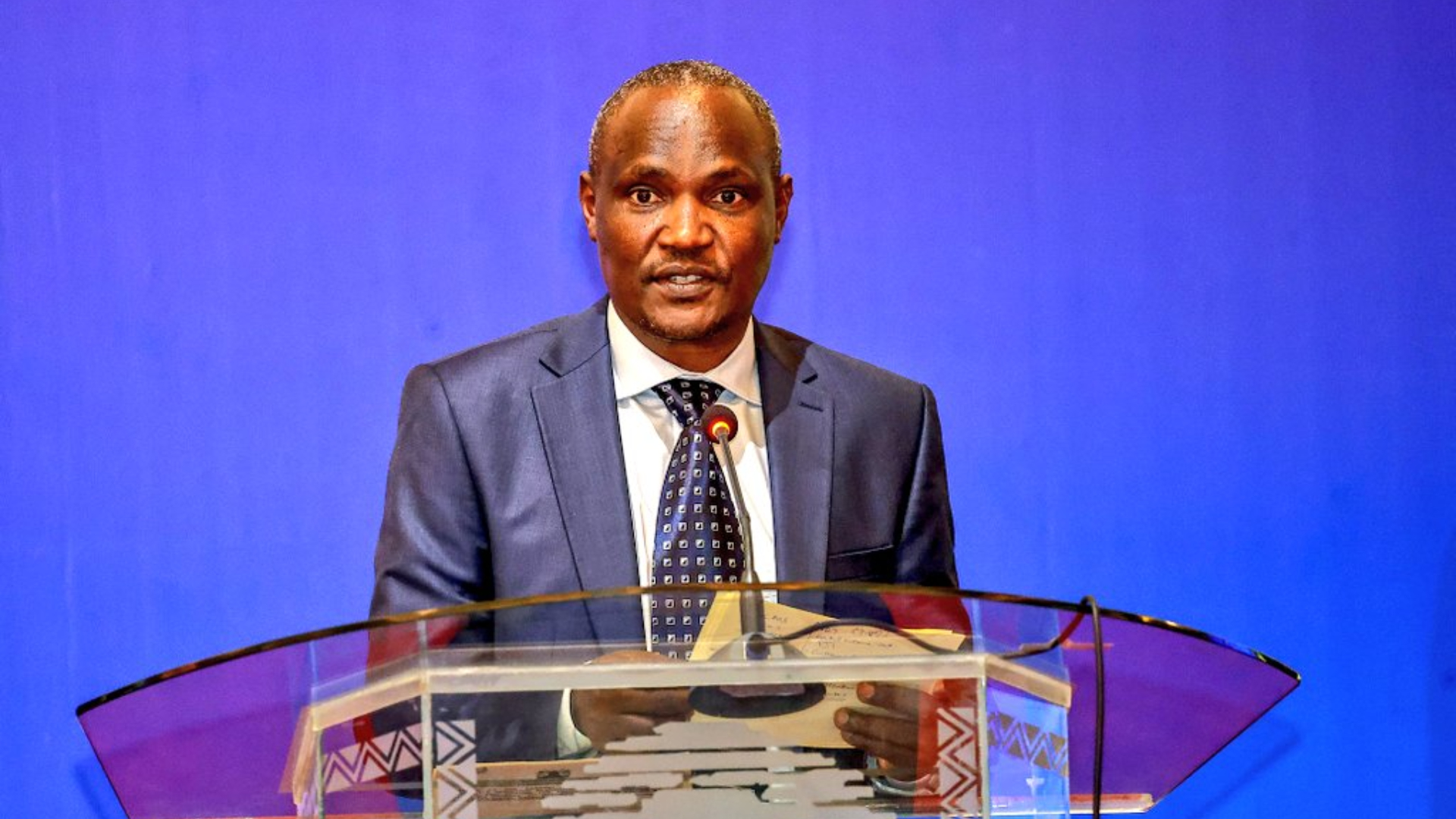How funds in 2025/2026 budget will be allocated

With the implementation of the National Budget for the coming financial year gaining momentum, the government seems to be realising the need prioritisation, now providing more budgetary allocation to critical sectors of the economy.
The troubled education sector is set to receive the largest share of the expenditure provisions under the national government allocation in the coming Finance Bill 2025/26.
For the financial year 2025/26 budget, the government estimates the total budget to stand at Sh4.2 trillion out of which Sh2.497 trillion is allocated to the national government comprising of development and recurrent expenditures. Under the specific allocation, the education sector has received special allocation, being allocated approximately Sh701 billion for the whole financial year which is equivalent to 28.1 per cent of the total allocation.
“The education sector accounts for the largest share of the National Government budget, at 28.1 per cent, amounting to Sh701.1 billion,” the tabled budget reads in part
Arguably, this might be as a result of the numerous setbacks recorded in the sector especially early this year when learners in higher learning institutions and the entire higher education were put in jeopardy due to lack of Sufficient funding.
According to the Ministry of Education, Cabinet Secretary Julius Ogamba, 23 public universities out of 35 as of March this year were found to be technically insolvent, a situation that had been exacerbated by the high pending bills.
For instance, University of Nairobi had pending bills amounting to Sh13 billion that accrued in 12 years due to financial challenges. Its debt breakdown included Sh4 billion owed to the Kenya Revenue Authority (KRA), Sh7.7 billion for pensions contributions, and Sh25.6 million each for the Housing levy and the National security Social Fund (NSSF).
Additionally, it also owed Chuna Sacco Sh20.8 million, Sh4.5 million in insurance companies and Sh351.8 million in bank loans.
The Technical University of Kenya (TUK), facing the same financial headwinds had liabilities totaling Sh12.9 billion, meaning that the two universities’ liabilities had actually surpassed their assets. Stakeholders in the sector had also been calling for the posting of Junior Secondary School teachers’ country wide in addition to the settlement of the pending bills, facility upgrades among other learning necessities.
“This includes school capitation for primary, JSS, Secondary, TVET, and University institutions; remuneration of teachers, instructors, and lecturers; and development of school and learning infrastructure, among other critical areas in the education sector,” the statement highlights.
Taking the second largest share, is the Energy, Infrastructure, and ICT sector which has been allocated Sh500.7 billion, showing the economic significance of the sector as it is also almost linked directly to Kenyans largely.
Under energy, Kenyans have been grappling with high power costs which according to the line ministry has partly been fronted by system issues that lead to losses by the utility provider- Kenya power and lighting company (KPLC) which then passes down part of the liability to the consumers. This allocation arguably might be channeled towards upgrading of the transmission lines among other crucial aspects that can help bring down the costs.
The statement by Parliamentary Budget Office indicates that the energy and petroleum sector will be receiving Sh92 billion, which includes electricity generation, distribution, and last-mile connectivity.
Under the development band, maintenance, rehabilitation, and construction of new roads, has been allocated Sh195 billion which in relation to the country’s state of the road network, will serve as a boost to the critical developments. The rail and air transport on the other hand will be receiving Sh46 billion among other allocations as the recurrent expenditure under the roads sector includes Sh69 billion Road Maintenance Levy Fund, while that under the petroleum sector includes Sh 25 billion Petroleum Development Levy.
As has been brought forth by industry players and other stakeholders, pending bills has been the most significant challenge slowing down the processes and even though a return formula has been signed by contractors and the government, more funding pumped into the sector will notably lead to rapid growth of the sector while increasing the construction output in the country if the funds will be well managed.
Additionally, housing, and urban development has been allocated Sh119 billion, which includes Sh95 billion from the affordable housing fund.
Public Administration and International Relations Sector kicks in to take the third the place of notable allocations with its budget set at Sh321 billion.
The Allocation under the National Treasury and Economic Planning according to the Parliamentary Budget Office includes Sh58 billion for the National Government Constituencies Development Fund (NG_CDF), Sh10.2 billion to the equalization fund, and Sh32 billion to the Kenya Revenue Authority (KRA).
The NG-CDF is a fund established under the NG-CDF Act that is usually used for facilitating socio-economic development at the constituency level while the equalization fund is mechanism that helps in the equally distributions of revenue especially for development in marginalized areas.
At the same time, Sh11.5 billion will be allocated towards financing locally led climate action (FLLCoA), while Sh13.5 billion will be used for the global fund on Malaria, TB, and HIV, and Sh9.6 billion subscription to the Africa Union (AU) and other international organisations.













